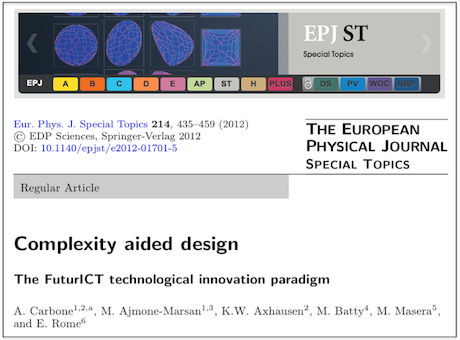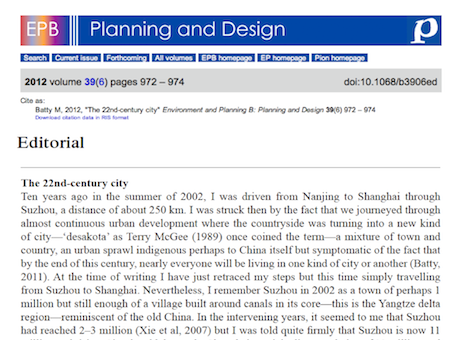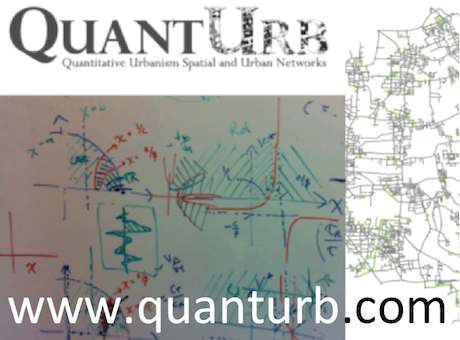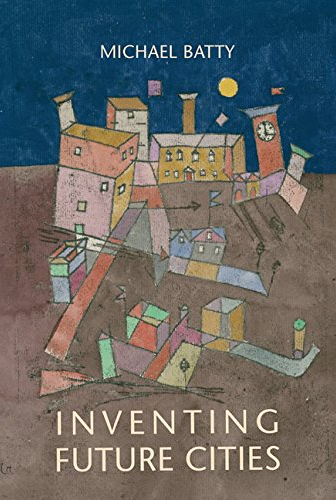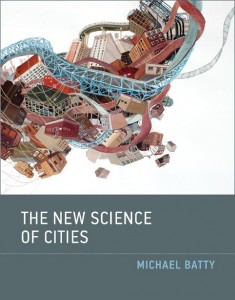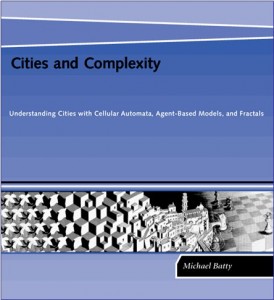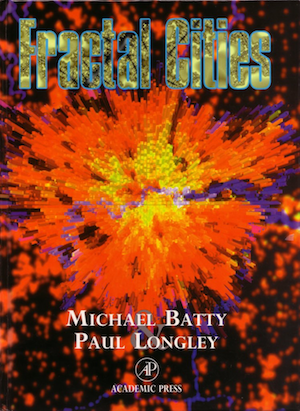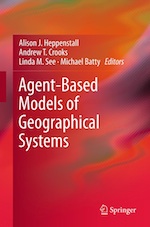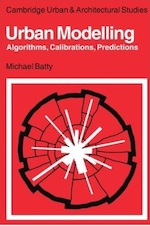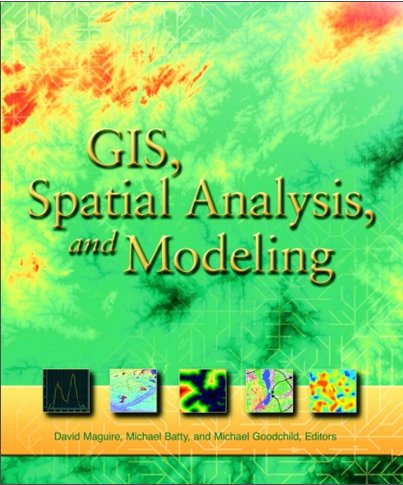“In the next century, planet earth will don an electronic skin. It will use the Internet as a scaffold to support and transmit its sensations. This skin is already being stitched together….. “. This comment from Harvard’s Cherry Murray, Dean of Engineering symbolises the foundation on which the FuturICT project is to be built. In essence, complexity theory suggests that human systems evolve like biological systems from the bottom up but that interventions are required to make sure that our own ability to evolve such systems meets sustainable limits and enables an optimum quality of life. In world of electronic sensing at every level, the potential for getting things badly wrong as well as reaching for what might be brilliantly right is greater than at any time hitherto. FuturICT proposes to realise these quests by using complexity theory to develop new designs for societal systems that meet these goals through contemporary information and communications technologies. This is one of several papers in the special topics section of the European Physical Journal that traces out this mission and suggests ways forward. Get the paper here. Some are open access and click here to see the contents of this issue
Complexity-Aided Design
The 22nd Century City
We will all be living in cities by the end of this century (see EPA, 2011) and for the most part, cities will constitute a complex web of local-global relationships that defies our present understanding. On this way to the future, we will of course invent new ways of dealing with coupled networks and flow systems that hopefully will enable us to understand, visualise, perhaps even manage and plan such cities in ways that seek to improve their quality of life across all dimensions. In the current editorial in Environment and Planning B, I seek to characterise what cities will be all about in one hundred years at the beginning of the 22nd century and make the point that we need to visualise such artefacts as mosaics of local and global linkages not by mapping networks but by moving back to new conceptions of how the heterogeneity of such global cities can be ground in place, where different parts of the cities where different groups of people live, work, and move imply different levels of globalisation. In planning the future city, the extent to which localities are dominate by this wide spectrum of linkages on the local-global continuum will be essential to such understanding , and I urge readers to begin to construct maps of cities that are composed in this manner. This is of course is only a prelude to developing a commensurate understanding.
Spatial Networks
Marc Barthelemy from the Institute for Theoretical Physics (IPhT) of the CEA-Saclay (France) presented a very interesting talk on the evolution of spatial networks in cities at CASA last night (November 29). Arguing that spatial networks are often richer and less easy to understand than non-spatial structures such as social networks that are not fixed in space, he presented a number of new measures of structure which pertain to the morphology of such networks drawing on his recent papers in Scientific Reports and Interface. His web site which is noted here at www.quanturb.com presents the work of his group and provide access to some of his papers, particularly his ground-breaking paper on Spatial Networks which is key to the development of network science in spatial systems.

